Laptop Not Charging? Here Is What You Can Do To Fix The Issue
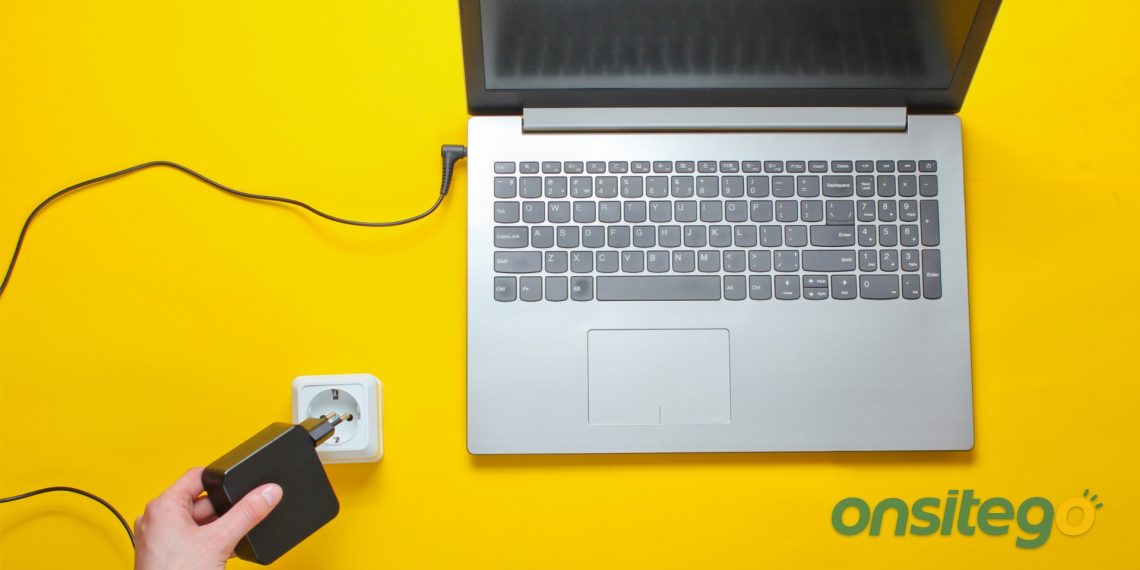
Is your laptop not charging even though it’s connected to the charger? Thankfully, it is quite easy to understand what is causing the issue and fix it if you follow our step-by-step inspection guide. An easier way to fix your laptop is to use Onsitego’s Laptop Repair & Maintenance service.
Even though you’ve connected your laptop to the charger, it may sometimes fail to charge, leaving you with an empty battery and could potentially ruin your work, especially in critical situations. The issue could be related to either hardware or software, and here’s how you can identify the issue and fix it.
What To Do When Your Laptop Is Not Charging Even Though It’s Plugged In
Check The Power Outlet.
Check The Charger Or Port For Damages/Burns.
Check If Your Laptop Charger Is Powerful Enough.
Try Removing Battery & Connecting The Laptop.
Check If Your Laptop Is Overheating.
Check Power Settings In Windows Or MacOS.
Update/Reinstall Battery Drivers.
Reset SMC On MacBooks.
Seek Professional Help.
1. Check The Power Outlet
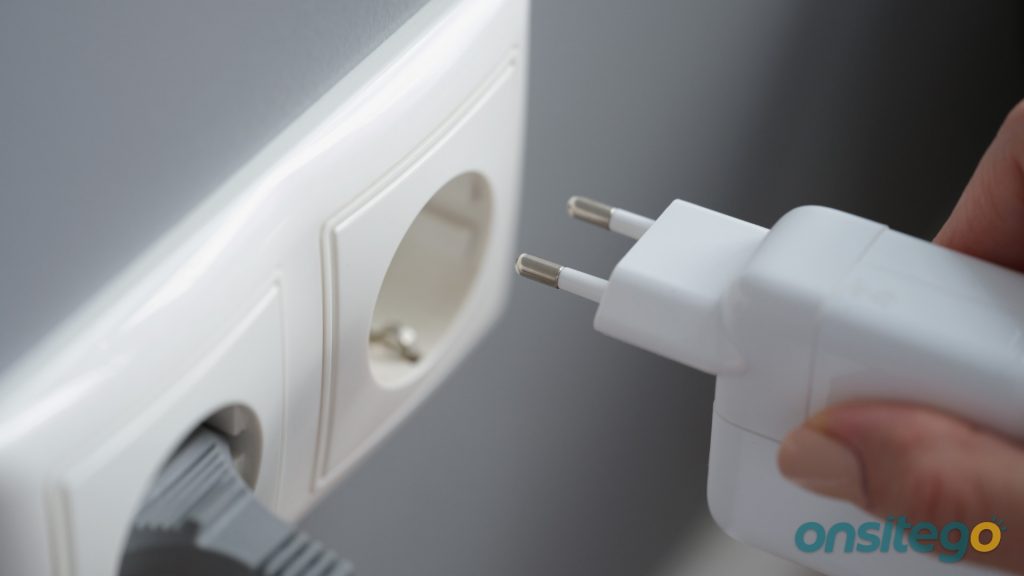
Yes, it may sound easy, but the first thing to check if your laptop is not getting charged is to check the power outlet. Check if the switch is turned on. If the switch is turned on, but the laptop is still not getting charged, try using a different power outlet to rule out the possibility of a faulty or loose power socket.
If your laptop has a two-part charger, those two parts can get loose and charging may stop. So, check whether those two parts are properly connected to each other.
2. Check The Charger Or Port For Damages/Burns
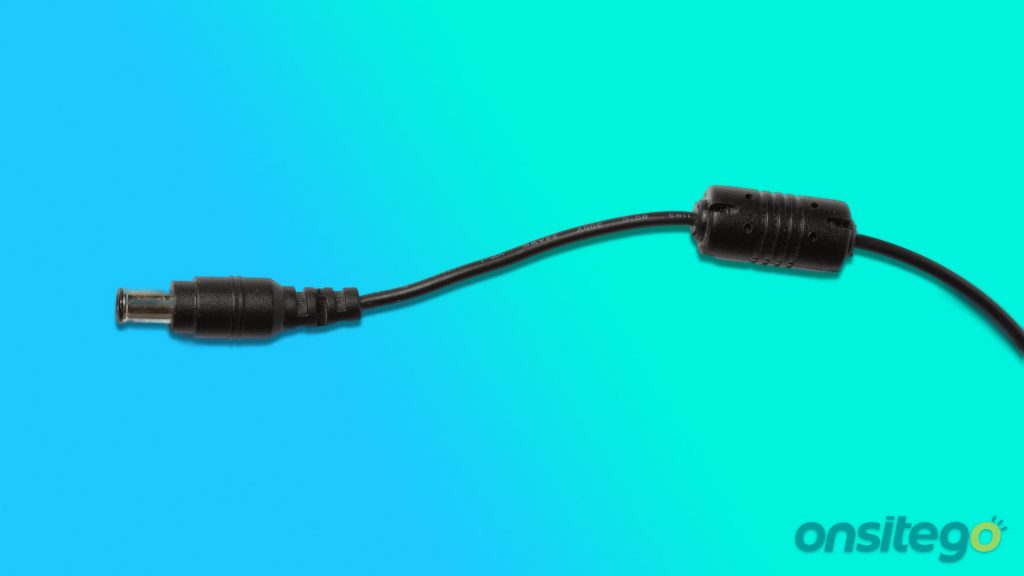
Next, check if the laptop’s charger has any form of damage. If you can see cuts, dents, or worn-out insulation, it could cause the charger to malfunction and damage the laptop. So, if the charger shows any signs of physical damage, you may need to replace the charger.
If your laptop uses a USB Type-C charger, you can replace the USB Type-C cable or the charging adapter easily by buying a new one from a certified seller. However, when you are buying a USB Type-C charger or cable, make sure that it meets the charging power and charging standard as specified for your laptop model.
You also need to check if the laptop’s charging jack/port is damaged. Sometimes, it can get burnt or debris can get stuck inside the port. In such scenarios, the laptop may not charge. You can use a toothpick or an air can to clean the charging port.
3. Check If Your Laptop Charger Is Powerful Enough
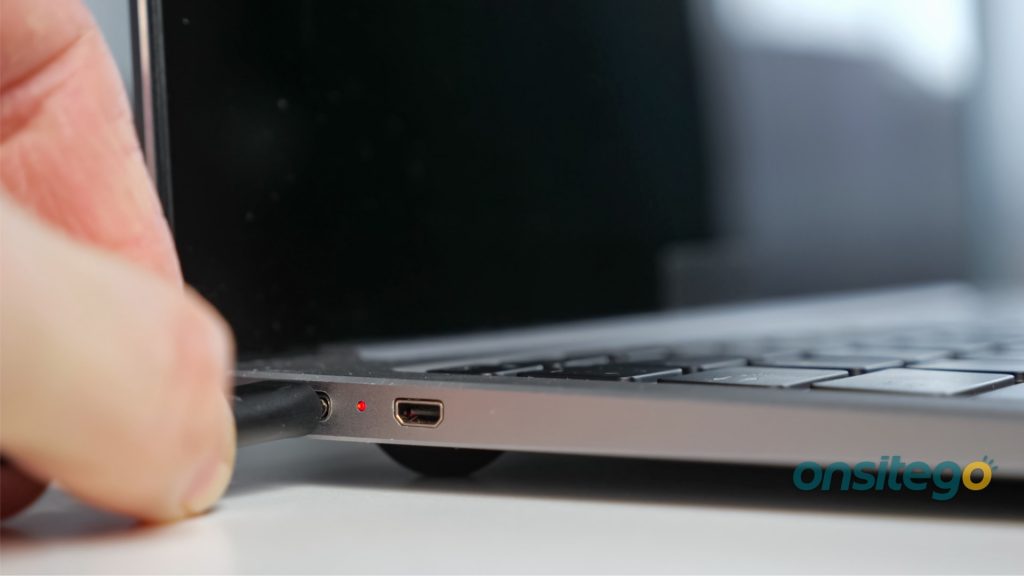
If you are using the charger that came bundled with your laptop, you don’t need to check this point. However, if you are using a charger you bought separately, you may need to check if it is powerful enough to charge your laptop.
If your laptop uses a USB Type-C charging port, make sure that the charger is powerful enough. Read the laptop’s manual or website to know what’s the power requirement. Most thin and light laptops need more than 35W or more powerful USB Type-C chargers and the high-end models need 65W or more power.
4. Try Removing The Battery & Connecting The Laptop
Sometimes, a faulty battery may be the reason why your laptop is not charging even though it is plugged in. If your laptop has a removable battery, it is easy to check whether the charger or the battery is at fault.
Remove the battery and connect the charger to the laptop. If the laptop is turning on, then the battery may be at fault. Still, you should connect the battery back to the laptop to see if it is charging.
5. Check If Your Laptop Is Overheating
Sometimes, the laptop stops charging when it overheats so that internal components are not fried due to excess heat. If you live in an area with high temperatures or if your work area has heat sources around, it is possible that the laptop is overheating and stopping the charging process.
Turn off the laptop or close all the apps/software and let it cool down to normal temperatures. Now, check if the laptop is charging. If yes, then the problem is related to overheating.

The laptop could be overheating due to worn out thermal paste on the CPU or GPU block, blocked air vents, or broken cooling fans. You can try using a laptop cooling stand for more effective cooling. You can read more about laptop overheating issues in our detailed article.
6. Check Power Settings In Windows Or MacOS
On laptops running the Windows operating system, some battery and charging related settings may cause the laptop to stop charging. Here is how you can check if all the settings are correct:
How To Check Power & Charging Settings On Windows Laptops
- Click Start and open the Settings app.
- Click on Power & Sleep tab on the left side of the app.
- Now, set the When plugged in, turn off after setting to 10 minutes.
- Now, set the When plugged in, PC goes to sleep after setting to 30 minutes.
- Additionally, you can also click on Additional Power Settings and check if none of those settings are configured in such a way that the laptop stops charging.
- One quick way to reset all settings to default is to choose the Restore Plan Defauls option on the bottom right corner of the window.
On MacBooks, the laptop may not charge if the battery condition is bad. Here is how you can check the battery health on MacBooks
How To Check Battery Health On MacBooks Or macOS Laptops
- Click on the battery icon in the menu bar while pressing the ⌥ (Option) button.
- It shows one of the following four status messages:
- Normal: The laptop’s battery is working properly. There is no need to change it.
- Replace Soon: The battery may need to be replaced soon as its health is nearing critical levels.
- Replace Now: The battery shold be replaced soon as its health has degraded a lot.
- Service Battery: The battery’s health is bad and it needs to be replaced as soon as possible. You should take the laptop to an Apple-authorized service centre to get it replaced with a new battery.
7. Update/Reinstall Battery Drivers
Sometimes, battery drivers may get corrupted. Those drivers may not get installed properly when you do a fresh Windows OS installation. And that may lead to charging issues. Make sure that battery drivers are installed properly.
How To Update/Reinstall Laptop Battery Drivers On Windows OS
- Click Start.
- Search for Device Manager and open it.
- Now right-click on Batteries and click on Update Driver.
- Now, restart the laptop.
8. Reset SMC On MacBooks
Sometimes MacBooks may face charging issues when the SMC (System Management Controller) is malfunctioning. To reset the SMC on macOS laptops or MacBooks, perform the following steps.
How To Reset SMC On MacBooks
- Shut down the laptop but keep it connected to the charger and keep the power socket turned on.
- With the laptop powered off, press and hold the power button while pressing Shift, Control, and Option keys on the left side of the keyboard.
- Now, release those keys and the power button simultaneously.
- Now, turn on the laptop by pressing the power button.
This may solve the charging issue if the problem is related to the SMC.
9. Seek Professional Help
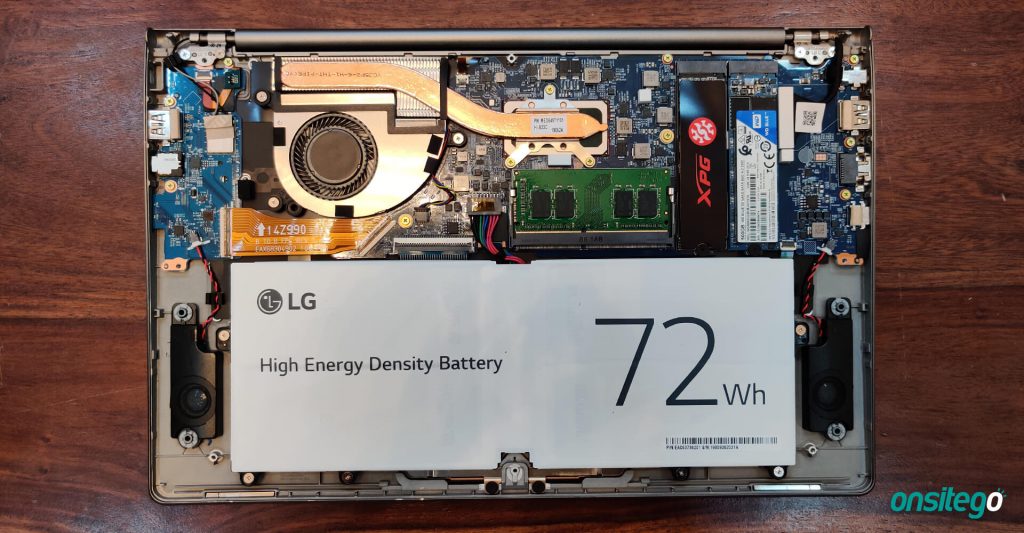
If none of the ways mentioned earlier has helped you in solving the laptop charging issue, then something may be wrong with the laptop’s hardware. Mostly, the issue could be related to the battery or the power/charging system.
You can visit your laptop’s authorised service centre to get the laptop fixed. If you don’t want to waste your valuable time visiting the service centre, you can opt for Onsitego’s Laptop Repair & Maintenance service. We pick up your laptop from your place, take it to the service centre, fix it with high-quality spare parts, and return the laptop to your doorstep in promised turnaround time and at affordable rates.

